How PAF shot down Indian jets with J-10
World's largest air battle in decades saw 110 aircraft clash in a one-hour night fight, experts estimate
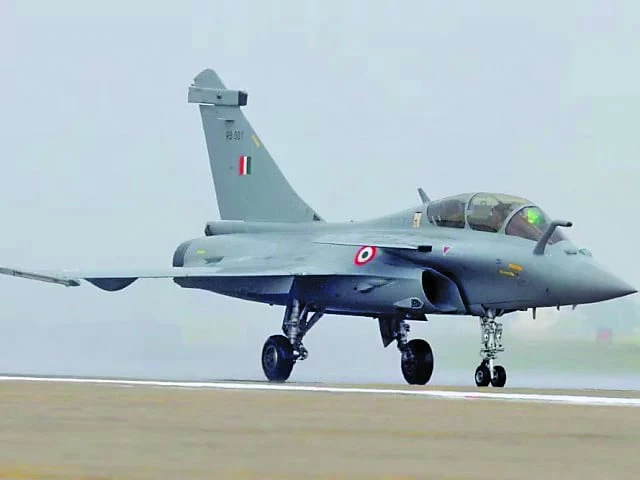
Just after midnight on May 7, the screen in the Pakistan Air Force's operations room lit up in red with the positions of dozens of active enemy planes across the border in India.
Air Chief Marshal Zaheer Sidhu had been sleeping on a mattress just off that room for days in anticipation of an Indian assault.
New Delhi had blamed Islamabad for backing terrorists who carried out an attack the previous month in IIOJK, which killed 26 civilians. Despite Islamabad denying any involvement, India had vowed a response, which came in the early hours of May 7 with air strikes on Pakistan.
Sidhu ordered Pakistan's prized Chinese-made J-10C jets to scramble. A senior Pakistani Air Force (PAF) official, who was present in the operations room, said Sidhu instructed his staff to target Rafales, a French-made fighter that is the jewel of India's fleet and had never been downed in battle.
"He wanted Rafales," said the official.
The hour-long fight, which took place in darkness, involved some 110 aircraft, experts estimate, making it the world's largest air battle in decades.
The J-10s shot down at least one Rafale, Reuters reported in May, citing US officials. However, Pakistan downed at least 6 jet aircraft in the war. Its downing surprised many in the military community and raised questions about the effectiveness of Western military hardware against untested Chinese alternatives.
But Reuters interviews with two Indian officials and three of their Pakistani counterparts found that the performance of the Rafale wasn't the key problem: Central to its downing was an Indian intelligence failure concerning the range of the China-made PL-15 missile fired by the J-10 fighter. China and Pakistan are the only countries to operate both J-10s, known as Vigorous Dragons, and PL-15s.
The faulty intelligence gave the Rafale pilots a false sense of confidence they were out of Pakistani firing distance, which they believed was only around 150km, the Indian officials said, referring to the widely cited range of PL-15's export variant.
"We ambushed them," the PAF official said, adding that Islamabad conducted an electronic warfare assault on Delhi's systems in an attempt to confuse Indian pilots. Indian officials dispute the effectiveness of those efforts.
"The Indians were not expecting to be shot at," said Justin Bronk, air warfare expert at London's Royal United Services Institute (RUSI) think-tank. "And the PL-15 is clearly very capable at long range."
The PL-15 that hit the Rafale was fired from around 200km (124.27 mi) away, according to Pakistani officials, and even farther according to Indian officials. That would make it among the longest-range air-to-air strikes recorded.
India's defense and foreign ministries did not return requests for comment about the intelligence mistakes. Delhi hasn't acknowledged a Rafale being shot down, but France's air chief told reporters in June that he had seen evidence of the loss of that fighter and two other aircraft flown by India, including a Russian-made Sukhoi. A top Dassault executive also told French lawmakers that month that India had lost a Rafale in operations, though he didn't have specific details.
Pakistan's military referred to past comments by a spokesperson who said that its professional preparedness and resolve was more important than the weaponry it had deployed. China's defense ministry did not respond to Reuters' questions. Dassault and UAC, the manufacturer of the Sukhoi, also did not return requests for comment.


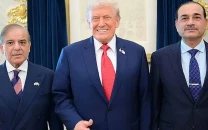

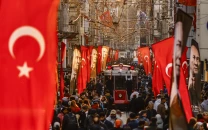
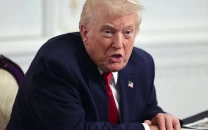
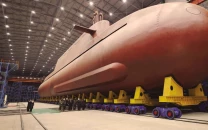
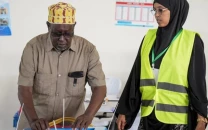


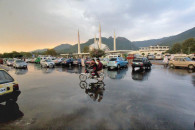
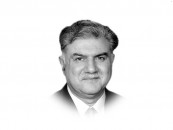
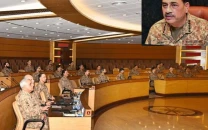
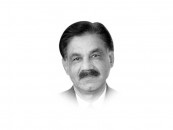




COMMENTS (1)
Comments are moderated and generally will be posted if they are on-topic and not abusive.
For more information, please see our Comments FAQ